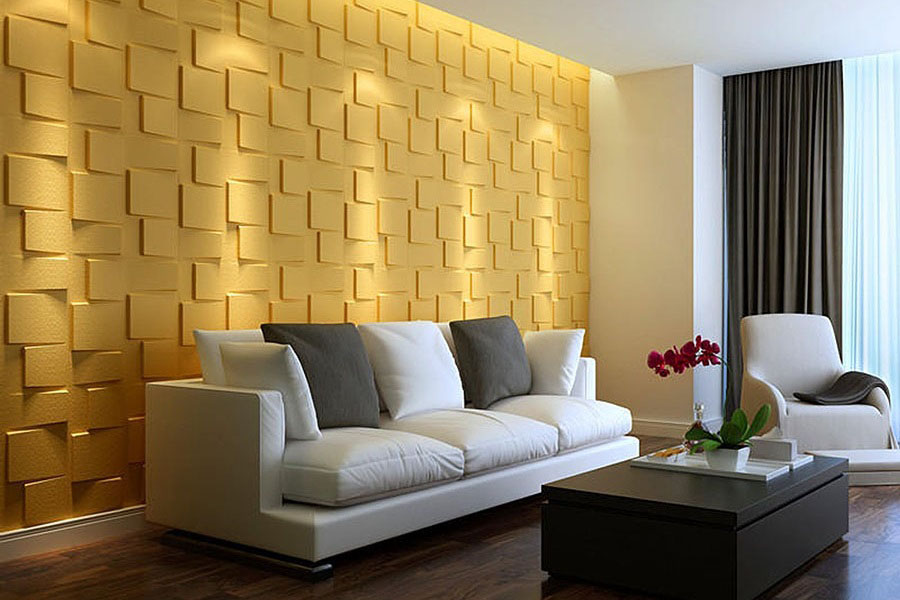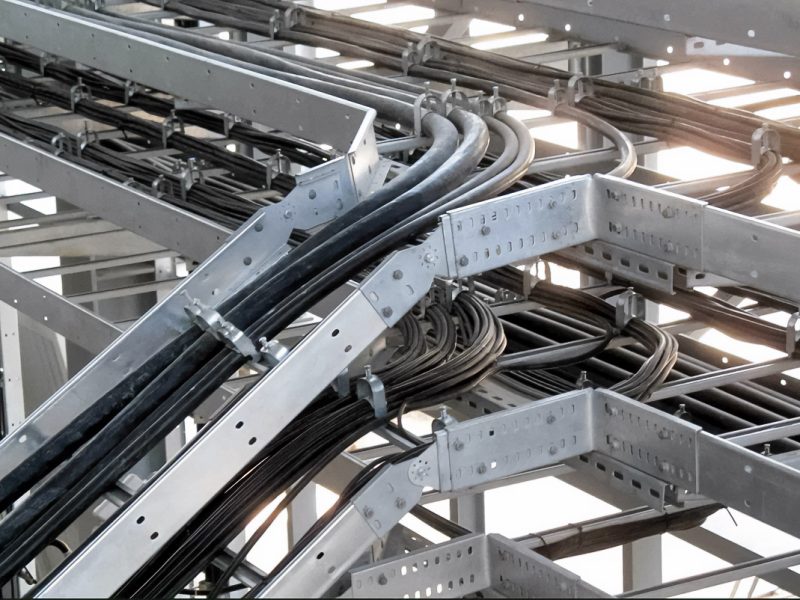Prominent wall designs can draw from diverse artistic styles and forms, including fine arts, geometry, painting, sculpture, and even botanical motifs. In this process, creativity and expertise in art and decoration come into play, yielding designs that not only influence the interior environment but also alter visual experiences and emotions through harmony and interaction with other spatial elements. Additionally, color combinations and a range of material textures can be employed to craft distinctive and individualized patterns. As a result, designing prominent walls offers a fitting avenue to enhance the beauty and allure of interior spaces. This innovative approach empowers you to transform spaces into artistic compositions, infusing your home with a unique identity through the amalgamation of art, color, shape, and texture. Using prominent designs as a captivating method for decorating your home walls can add personality and charm to your interior. Prominent designs introduce focal points and impact to the space by creating a decorative painting – Colour Zone contrast and differentiation from other parts of the room. In this regard, adhering to several important considerations can assist you in effectively utilizing these standout designs.
Choosing an Appropriate Location
Begin by deciding which wall or section of the room is the most suitable for applying a prominent design. Select a wall that will serve as a focal point and set it apart from the rest of the room, thereby enhancing its impact.
Size and Proportion
When opting for prominent designs, their size and proportion within the surrounding space are highly important. The designs should neither be too large nor too small in order to maintain harmony with the other elements.
Theme and Style
Determine the theme or style you wish to depict through the prominent design. Will you opt for artistic, geometric, botanical, or other types of patterns?
Colors and Color Combinations
The choice of colors for prominent designs plays a significant role in capturing attention. Select colors that harmonize with other interior decor elements.
Materials and Textures
The type of material you choose for the prominent design (such as wood, metal, or composite materials) and its texture (smooth, rough, etc.) will greatly influence the final outcome. Ensure it aligns with the architectural and other elements of the space.
Balance and Harmony
Prominent designs should contribute to the overall balance and harmony of the space. If the design is too bold and intricate, it might disrupt the equilibrium with other interior decor elements.
Contrasting Materials and Dimensions
Using different materials (e.g., wood and metal) or combining various dimensions in the prominent design ensures that the contrasts are coordinated and balanced.
Last Word If you are looking to implement the best ideas, contact us.

I am Administrative Assistant with eight years of experience working alongside the executive team.


